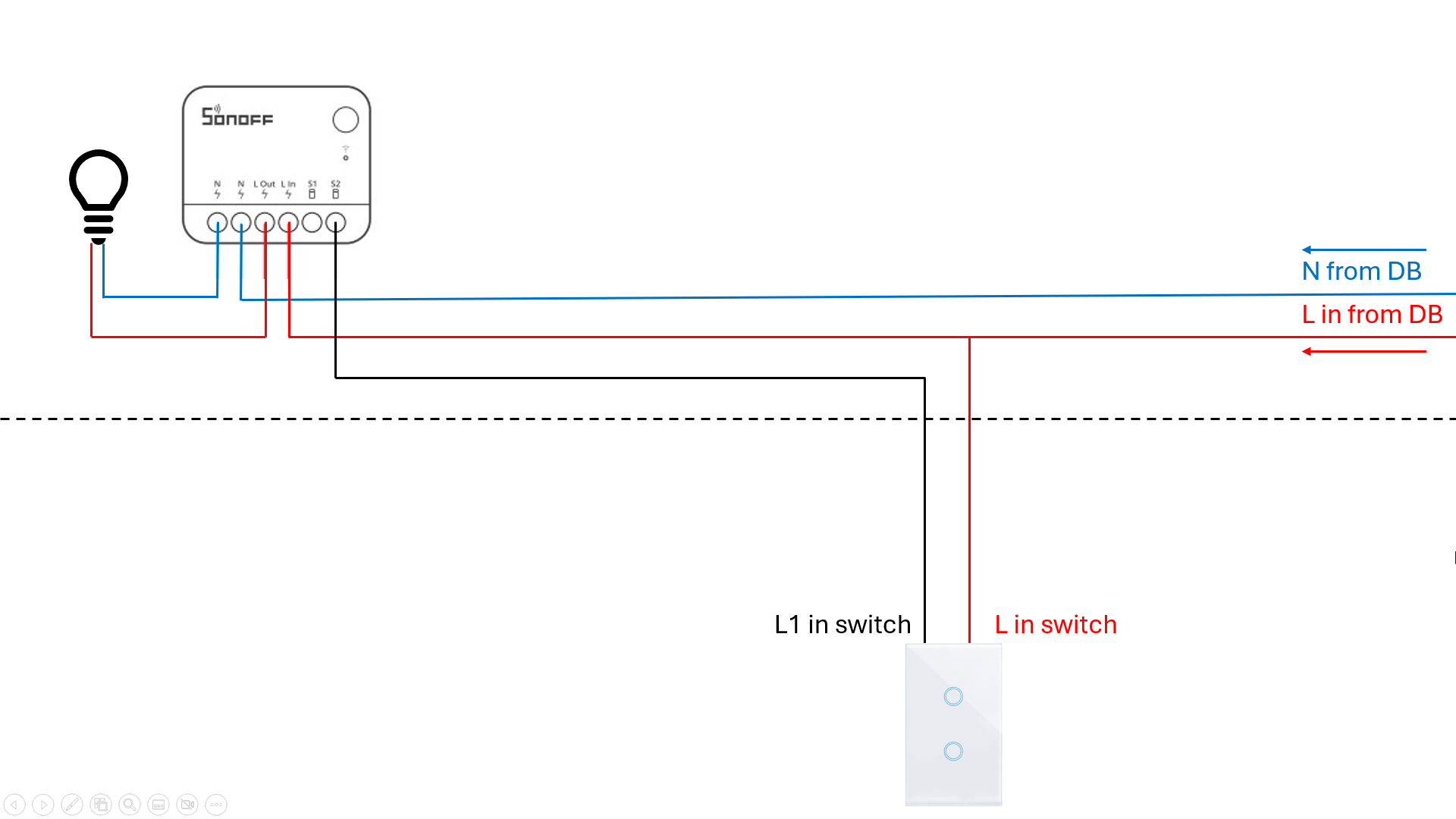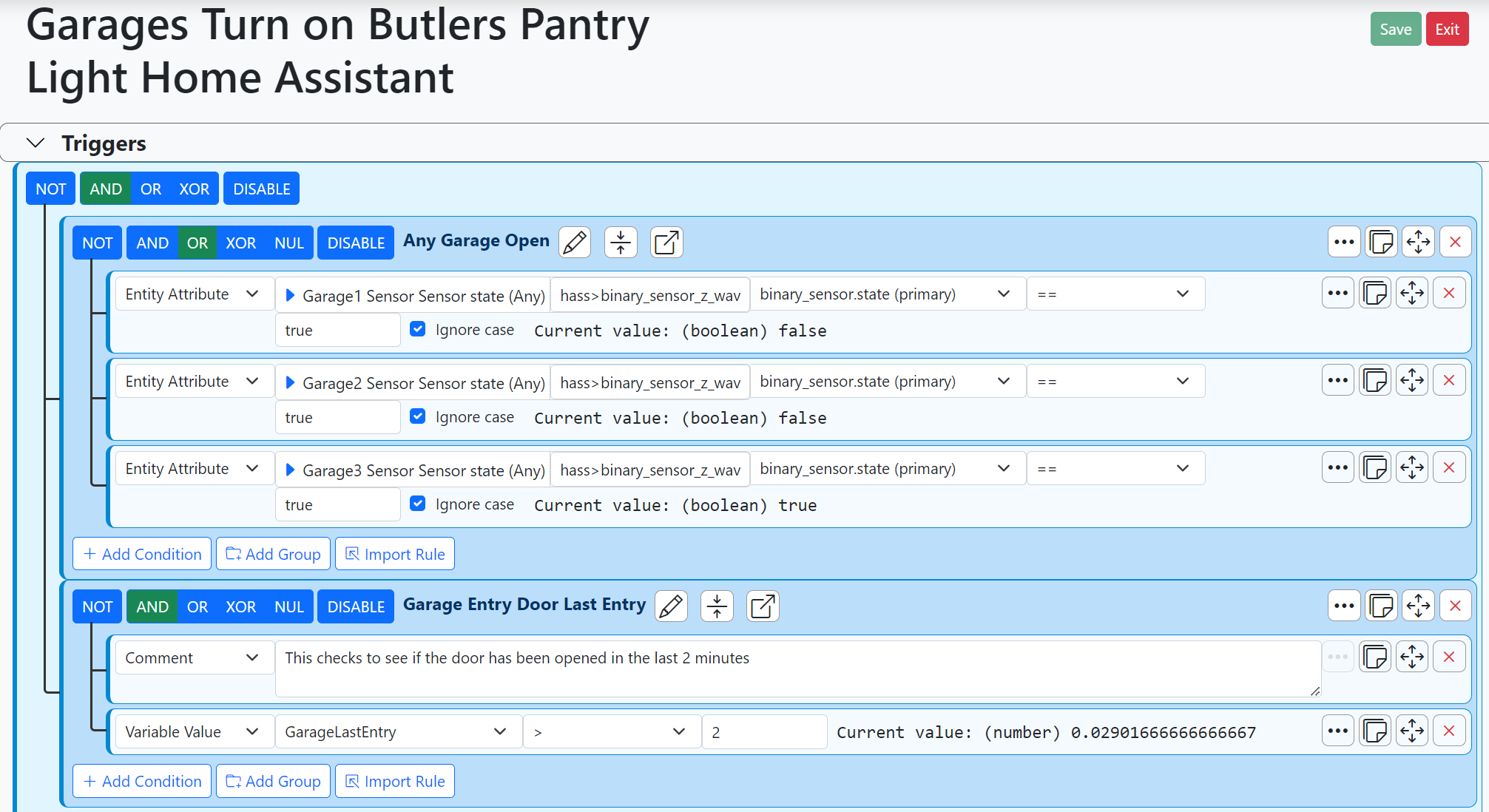Would you use a self-hosted geofencing solution?
-
I just stumbled across this thread and will proudly own up to being one of those dozen or so who beta'd Lobo and had great success with it. I never had false triggers using that. FFWD to today and I'm doing a mashup of multiple sources from Homekit to OwnTracks to GeoFency to (experimenting with) an iBeacon - the goal being "don't open my garage door when I'm outside the geofence in the next neighborhood over pedaling my bike around."
All these words, I guess, can be summed up in "yes, I'd be interesting."
-
I'm just getting started using MSR. I'm currently using iPhoneLocator as a plugin on Vera, but I'm looking eventually to retire my Vera and move to Ezlo. Ezlo has on their roadmap native Geofencing, however, if it's anything like Vera's, I don't see it being particuarlly reliable. I found iPhoneLocator to be much more reliable. Unfortunately, the developer has said he has no plans of migrating it to Ezlo, so I'm stuck with waiting for Ezlo to devlop theirs, or keeping Vera running at the same time as Ezlo, and using iPhoneLocator as a Geofencing solution through MSR.
I would like to see something self hosted through MSR.
-
iPhone locator on openLuup is fine, with the caveat that it is far far far too late to the party nearly all the time. No matter what settings I've tried to give it for update times and so on, I was home for 10 minutes on Wednesday before my phone acknowledged.
C
-
I'm on owntracks since I've moved everything except Zwave from my Vera, and I'm OK. It's instant, so I got notifications from our system at the very same moment we're crossing boundaries. I have defined a couple of zones (Home, Office, etc) to turn on/off scenes based on the position of both me and my wife.
I'm still waiting for a 100% reliable way to detect the cars/motorbikes, but that's another story.
-
I'm on owntracks since I've moved everything except Zwave from my Vera, and I'm OK. It's instant, so I got notifications from our system at the very same moment we're crossing boundaries. I have defined a couple of zones (Home, Office, etc) to turn on/off scenes based on the position of both me and my wife.
I'm still waiting for a 100% reliable way to detect the cars/motorbikes, but that's another story.
@therealdb said in Would you use a self-hosted geofencing solution?:
owntracks
How does it integrate with MSR or other platforms?
-
-
Just to chime in here, since I've had some relevant experience in this area (together with some of you who went on that journey with me)...
At the time I made a geofencing solution to replace Vera's, I also used Owntracks. It had great promise, but it had some issues:
-
The iOS version had a small, enthusiastic group of devs that was active and attentive. The Android version, at the time, was supported by a single developer who wasn't very active, and refused to implement some of the newer features of the iOS version. The iOS version apparently worked really well — that was my own experience in testing with an old phone donated by one of the testers, and most iOS users didn't need a lot of support. I'm an Android guy, so I had ample Droids to test with, and it presented problems, with the app itself being the least of them. Principally, Android phone manufacturers have increasingly tweaked the phones to maximize battery life, with some of that optimization at the expense of performance. They also started to limit services for privacy requirements in various countries (iOS, too). Location services was a big area to hit, as was background processing (and location services running in the background was especially problematic), so out of the box, Android users were faced with learning where and how to modify settings deep in the bowels of the system to allow Owntracks Android to keep up with changes in both foreground and background. Some manufacturers didn't even present these options, notably some Huawei models, so Owntracks was basically unusable for the purpose on those phones. Because each Android phone manufacturer customizes Android for each model of phone, there's not only no consistency across manufacturers, but even across models within the same manufacturer, making it a heavy lift to instruct users on what settings to change and where, and troubleshoot performance and accuracy issues. The privacy issues and
-
At the time, and I don't know if this has changed (perhaps @therealdb can comment), it was necessary for Owntracks to have an endpoint on the web that it could reach to send location updates. The only way that Owntracks communicated was by MQTT or HTTP POST. That means one of two things: (1) you have to open a port in your home firewall/network for your Vera/MSR/whatever hub (or MQTT broker) to receive the update posts from the phone(s), or (2) you had to have a public HTTP(S) endpoint or MQTT broker to collect the data and relay it to the Vera/MSR/hub over some other connection. Anybody can do #1 with sufficient knowledge of networking, specifically their own router configuration, etc. In my system, I went to option #2, building a web site together with a number of lambdas in AWS that could receive the updates from the phone in a high-availability, high-performance environment, and allow the hub to communicate with that infrastructure to update the Vera plugin (for example). I called this project Lobo, and it included the site, the endpoints, and a Vera plugin. The problem here was that the AWS infrastructure ended up costing about $100/month (they literally nickel and dime you to death), and as I started to explore scaling it beyond the users that participated in the experiment, it started to look like something that I would have had to charge US$2-$3 per month per phone to maintain. Given that Android was so troublesome, I decided that there would probably be little uptake for a paid solution, so I shut the project down. I still have all the code, of course. But basically, if you don't open up your own network to allow Owntracks to get to it, then you have to have public infrastructure that can relay the data for Owntracks, and that likely means somebody has to pay for it (whether it's public infrastructure you build and maintain yourself, or a shared/cloud infrastructure that someone like me maintains and likely has to charge for).
I'm sure you can do it today with MSR and MQTTController, but you'd need to work out either the firewall access to your in-house MQTT broker, or a public MQTT broker that both MQTTController and Owntracks could reach. You just have to have sufficient knowledge on your own to do it. And if you're on an Android device, you have to figure out the settings to get it to work properly and with sufficient accuracy that false positives and negatives don't make you crazy (you have my sympathies).
-
-
@toggledbits yeah, we’re iPhone users (as many using iPhone Locator), so we’re covered. I went for #2, with an azure function sending the payload to a queue that’s then imported into the mqtt broker. It’s probably safer to bridge a public mqtt server to your internal one or to use something to just bride one endpoint to your internal network.
I agree it’s not trivial, but home assistant should offer webhooks for this integration quite easily.
-
I'm using MQTT at home, and I have to say it's pretty damned flawless. Owntracks can get confused (and the sensor deems that loss of network connectivity s moving out of zone) but this is minor.
What I need to do is set another DDNS entry for my MQTT server as right now, if I forget to turn my VPN off, the house is cold when I get home.
Although (sudden thought) my firewall might be smart enough to deal with this. If only the user was smart enough!C
-
I'm using MQTT at home, and I have to say it's pretty damned flawless. Owntracks can get confused (and the sensor deems that loss of network connectivity s moving out of zone) but this is minor.
What I need to do is set another DDNS entry for my MQTT server as right now, if I forget to turn my VPN off, the house is cold when I get home.
Although (sudden thought) my firewall might be smart enough to deal with this. If only the user was smart enough!C



 It's gonna be in here, somewhere
It's gonna be in here, somewhere